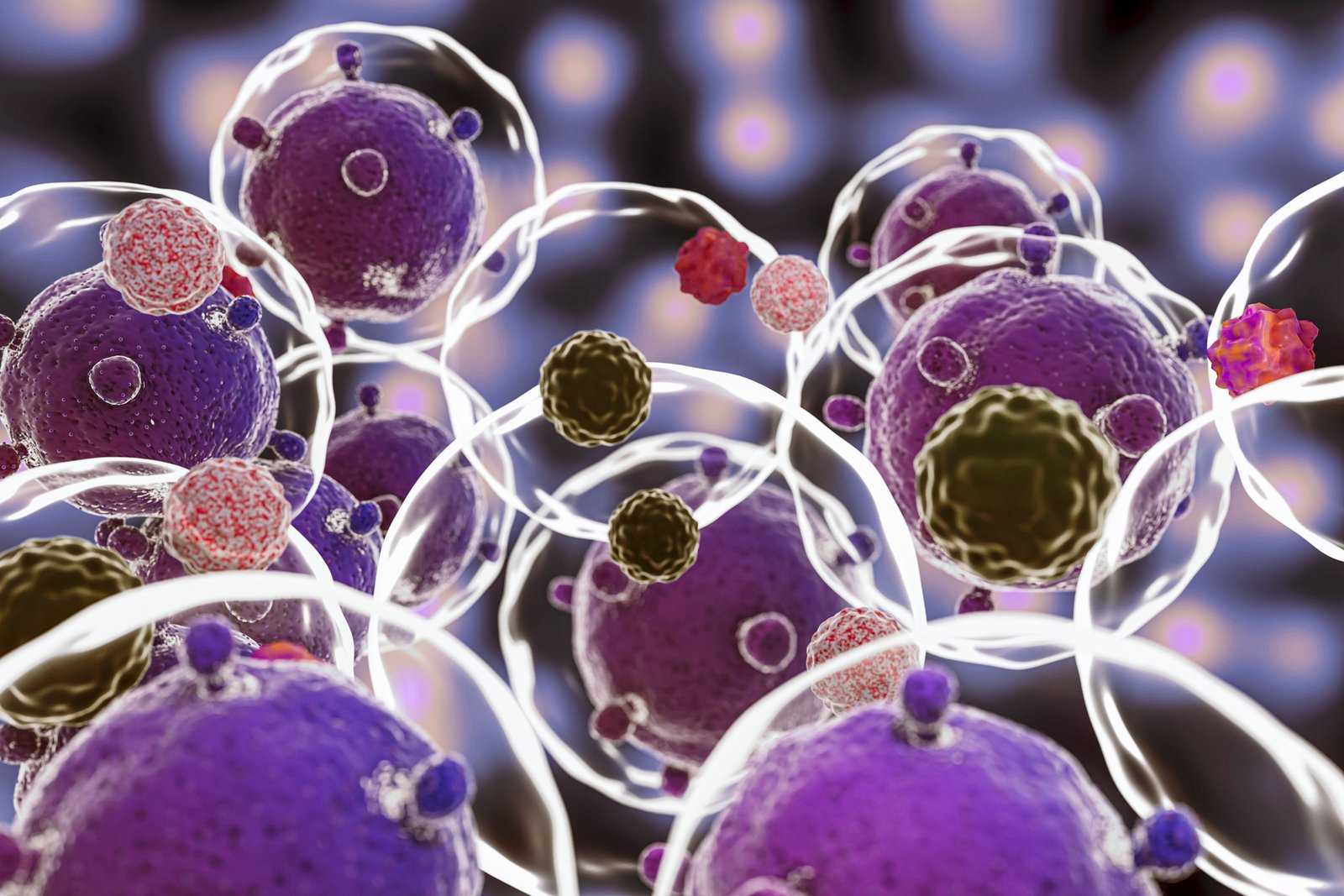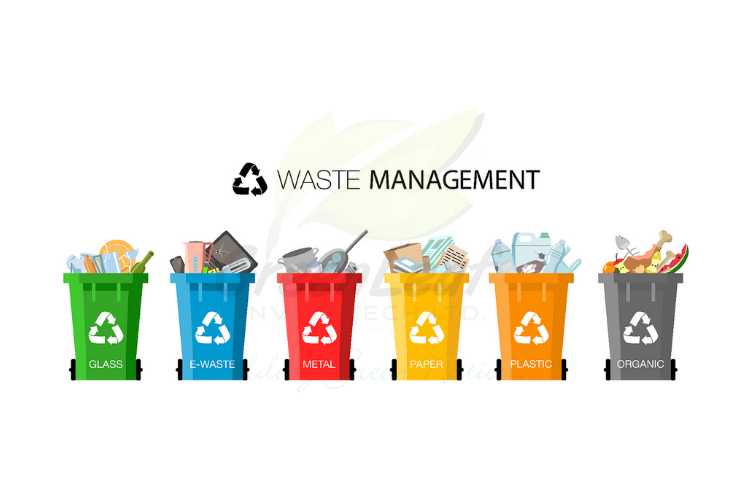Microbial Fuel Cell is a device that uses microorganisms which break down organic waste material to effectively generate electrical energy. MFC consists of two electrodes separated by a SPM (Semi-permeable membrane) submersed in an electrolyte solution. At anode, the bacteria decompose organic matter and produce free H+ ions and electrons. These electrons flow from bacteria to anode and then to cathode via wire, thus generating electrical current. The H+ ions flow to cathode through the semi-permeable membrane. Here, the electrons combine with H+ ions and DO (Dissolved oxygen) to form pure water (H2O). Currently, this technique has various environmental applications such as domestic (sewage) wastewater treatment, remote sensing, desalination plants, brewery and food manufacturing wastewater treatment, pollution remediation process, etc. Recent studies state that MFCs can reduce upto 80% of organic matter present in sewage wastewater. Therefore, MFC is an environmental-friendly technology which helps to offset the high processing cost by power generation.
Microbial Fuel Cells (MFCs) represent a groundbreaking technology where nature meets electricity generation. Here’s a deeper dive into how MFCs work and their versatile environmental applications:
1. Nature-Powered Electricity:
- MFCs leverage microorganisms to decompose organic waste, generating electrical energy. This symbiotic process occurs through the breakdown of organic matter by bacteria.
2. Structural Components:
- Comprising two electrodes separated by a Semi-Permeable Membrane (SPM) in an electrolyte solution, MFCs create a conducive environment for microbial activity.
3. Electrochemical Process:
- At the anode, bacteria break down organic matter, producing free H+ ions and electrons. Electrons flow from bacteria to anode, then to the cathode through a wire, generating electrical current.
4. Ionic Movement:
- Simultaneously, H+ ions migrate to the cathode through the semi-permeable membrane. At the cathode, electrons combine with H+ ions and dissolved oxygen (DO) to form pure water (H2O).
5. Environmental Applications:
- MFCs find diverse applications, including domestic wastewater treatment, remote sensing, desalination plants, and treatment of wastewater from breweries and food manufacturing. They also play a role in pollution remediation processes.
6. Wastewater Treatment Efficiency:
- Recent studies highlight MFCs’ capability to reduce up to 80% of organic matter in sewage wastewater, making them an environmentally friendly solution for effective and sustainable treatment.
7. Offsetting Processing Costs:
- One of the notable advantages of MFCs is their ability to offset high processing costs through power generation, turning organic waste treatment into a self-sustaining process.
As microbial fuel cells continue to evolve, their role in mitigating environmental challenges expands, offering a promising avenue for sustainable and energy-efficient solutions in wastewater treatment and beyond.


